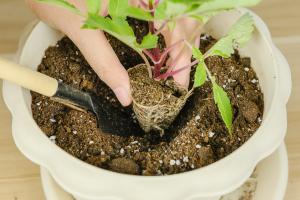How to fertilize crab claw
Crab claw orchid likes fertilizer. Before flowering, apply rotten liquid fertilizer or compound fertilizer about once a week. During bud pregnancy, apply more 0.2% potassium dihydrogen phosphate solution to promote flowering. Pay attention to applying fertilizer along the edge of the basin. Do not touch the leaves, which will cause burns to the leaves
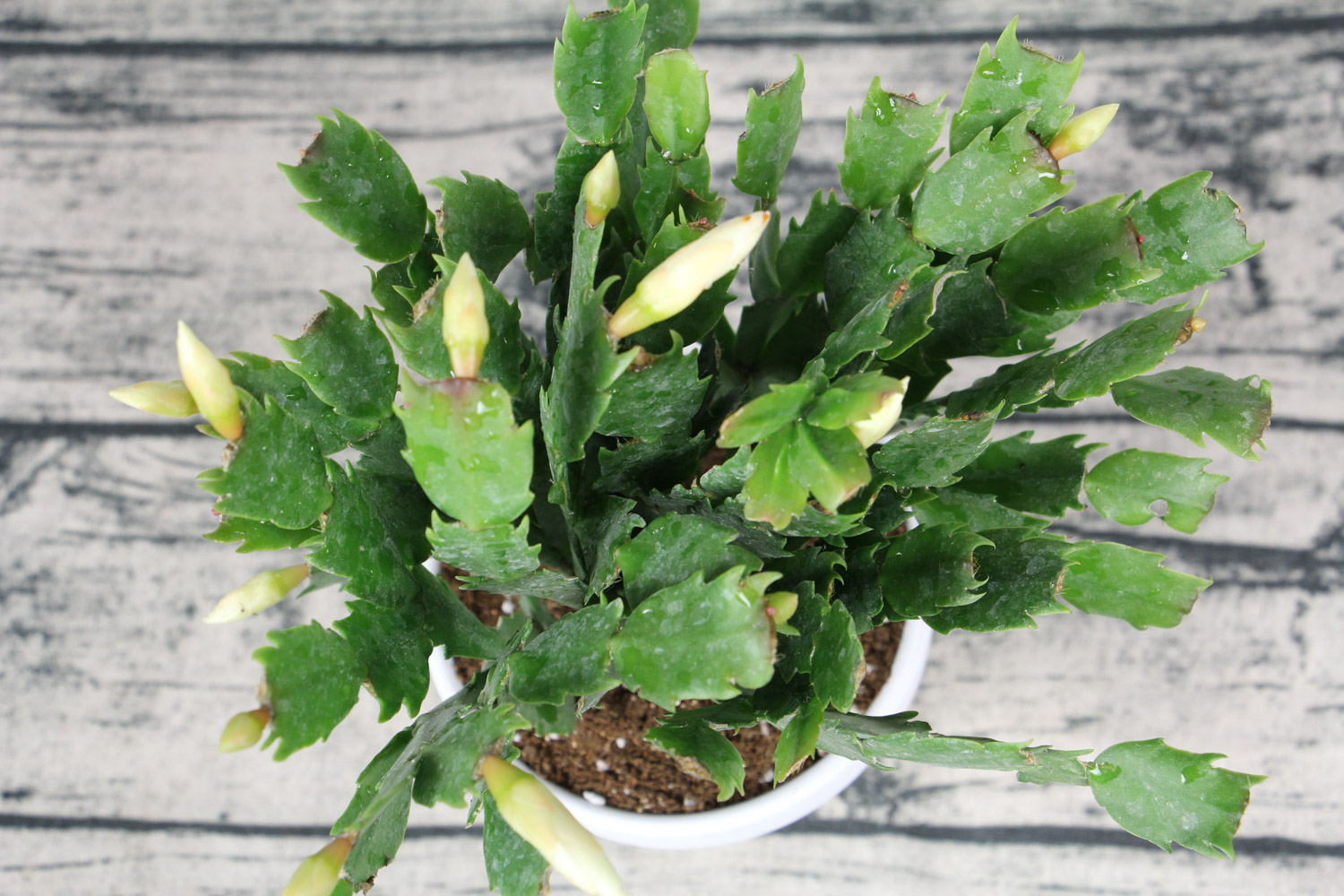
How to water crab claw orchid
The crab claw should not be watered too much. It is easy to rot its roots. The basin soil surface can be watered again only after it is completely dry. It can be watered once every 1-2 weeks. The time can be before 10 a.m. or after 6 p.m
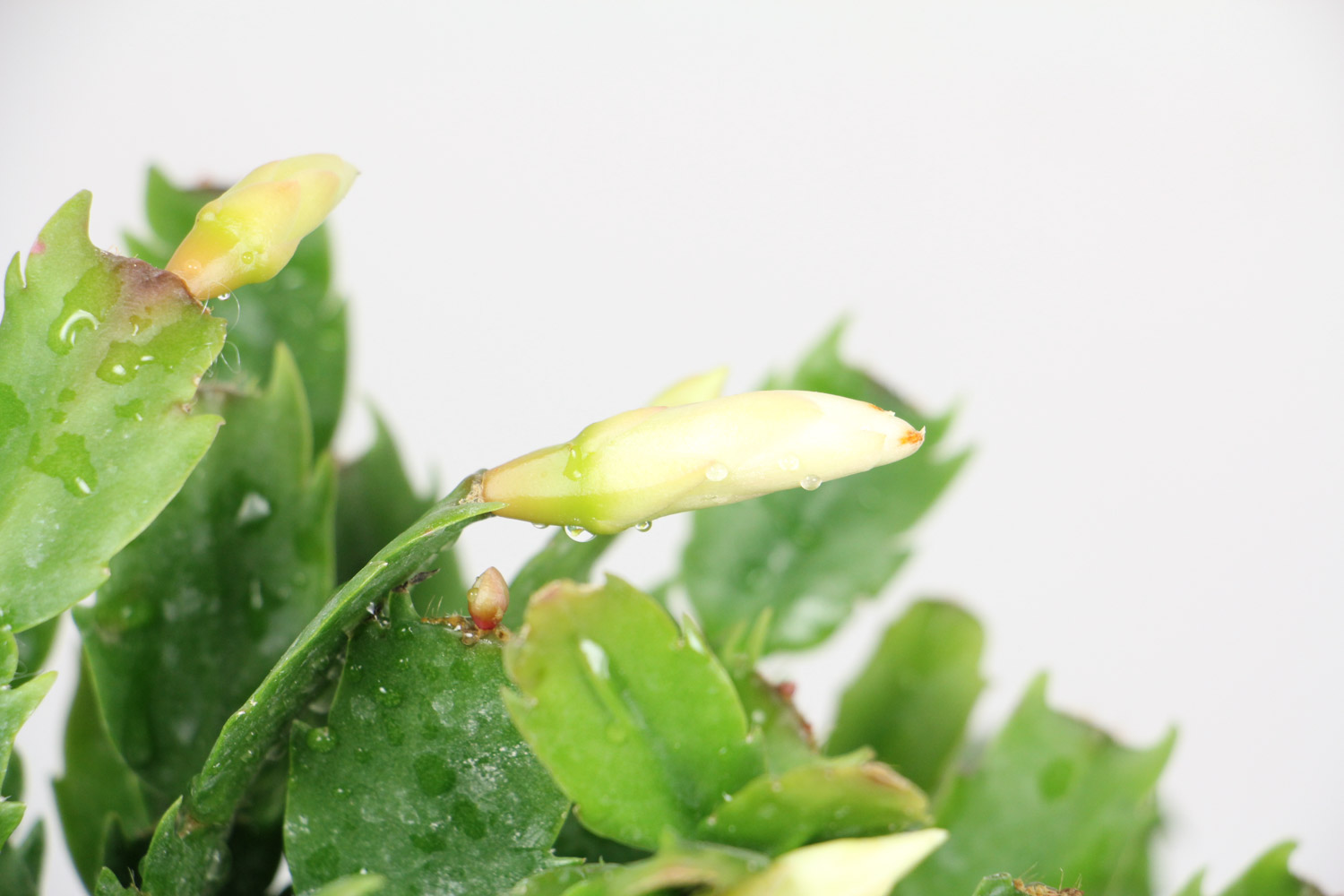
How does crab claw orchid bask in the sun
In autumn, the intensity of sunlight is weakened, which can give the crab claw orchid 6-8 hours. In other times, it can be moved to a dark place, which can promote it to quickly differentiate flower buds and breed flower buds
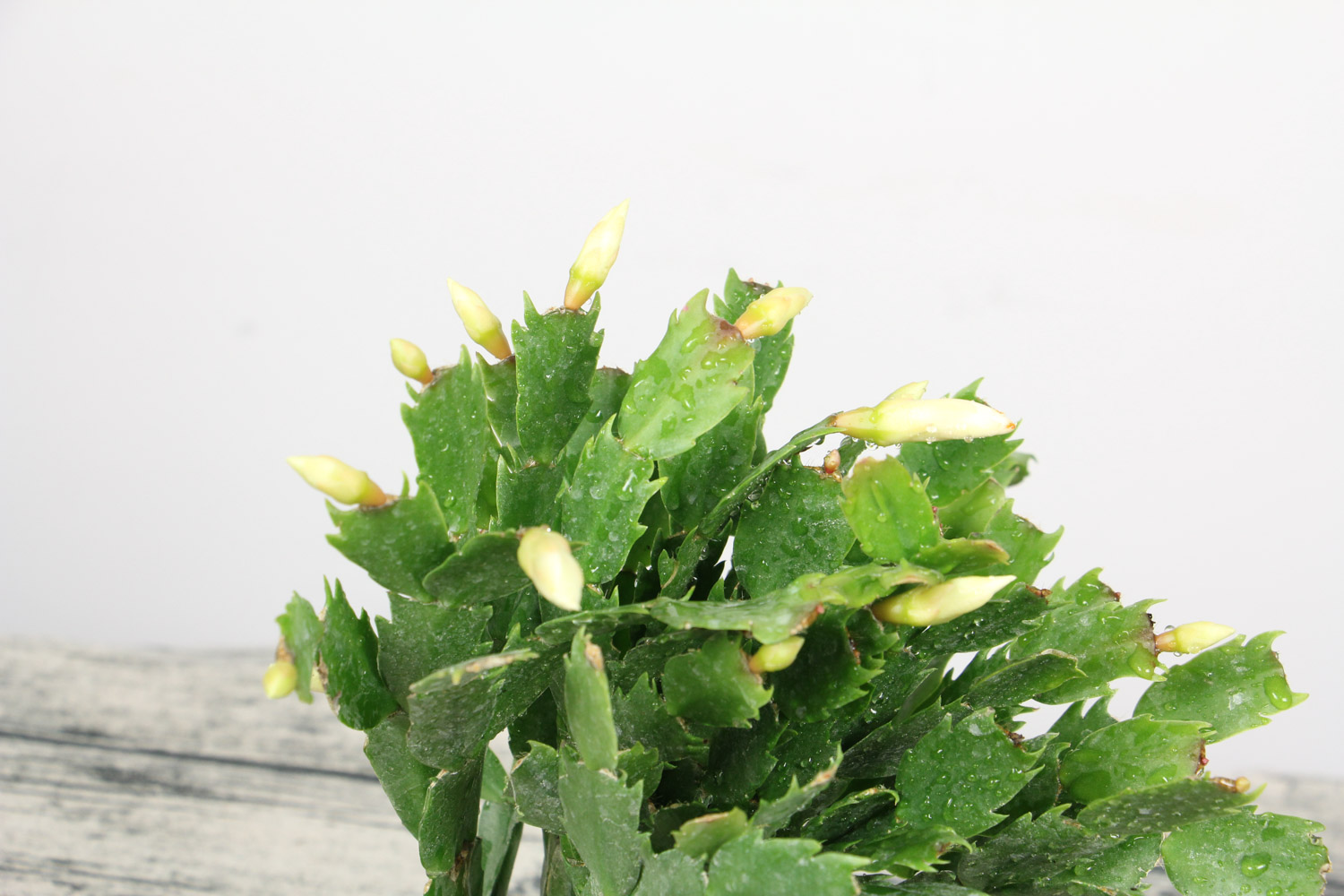
How does crab claw blossom
Sometimes, 2-3 flower buds grow at the top of the stem node of crab claw orchid at the same time, and they may compete with each other for nutrition. At this time, it is necessary to sparse the buds, keep the largest bud, and select all the others. Only in this way can we ensure the balance of nutrients in the flower buds of each end node and make the flowers of crab claw orchid bloom fuller and better
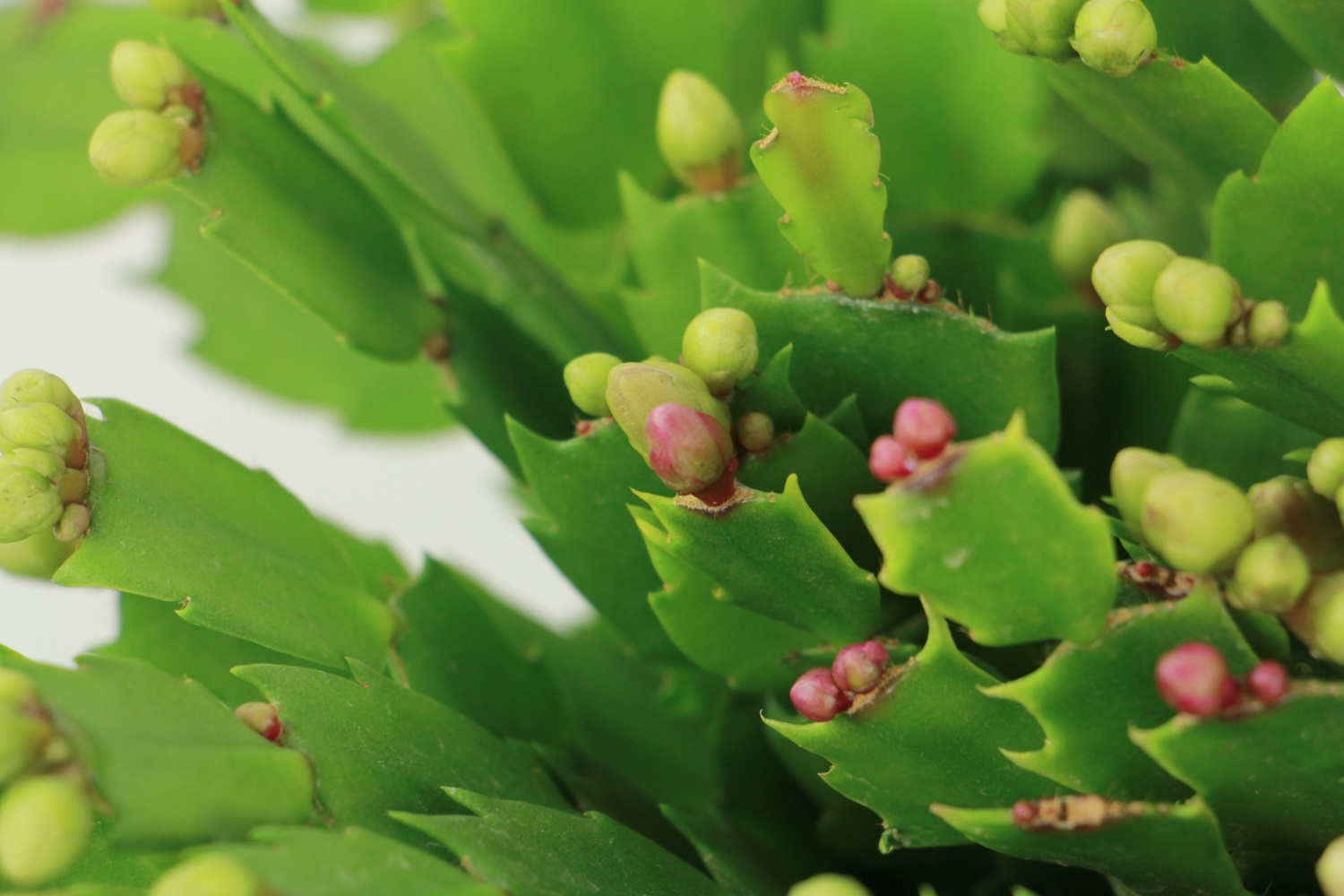
How to trim the crab claw orchid after
Crab claw orchid should cut off the remaining flowers in time after the flowers bloom and fail. If it continues to be kept, it will only consume nutrients in vain. Count 3-4 stem nodes down from the flowering place and cut them off. In this way, it can keep nutrients to breed the next flowering
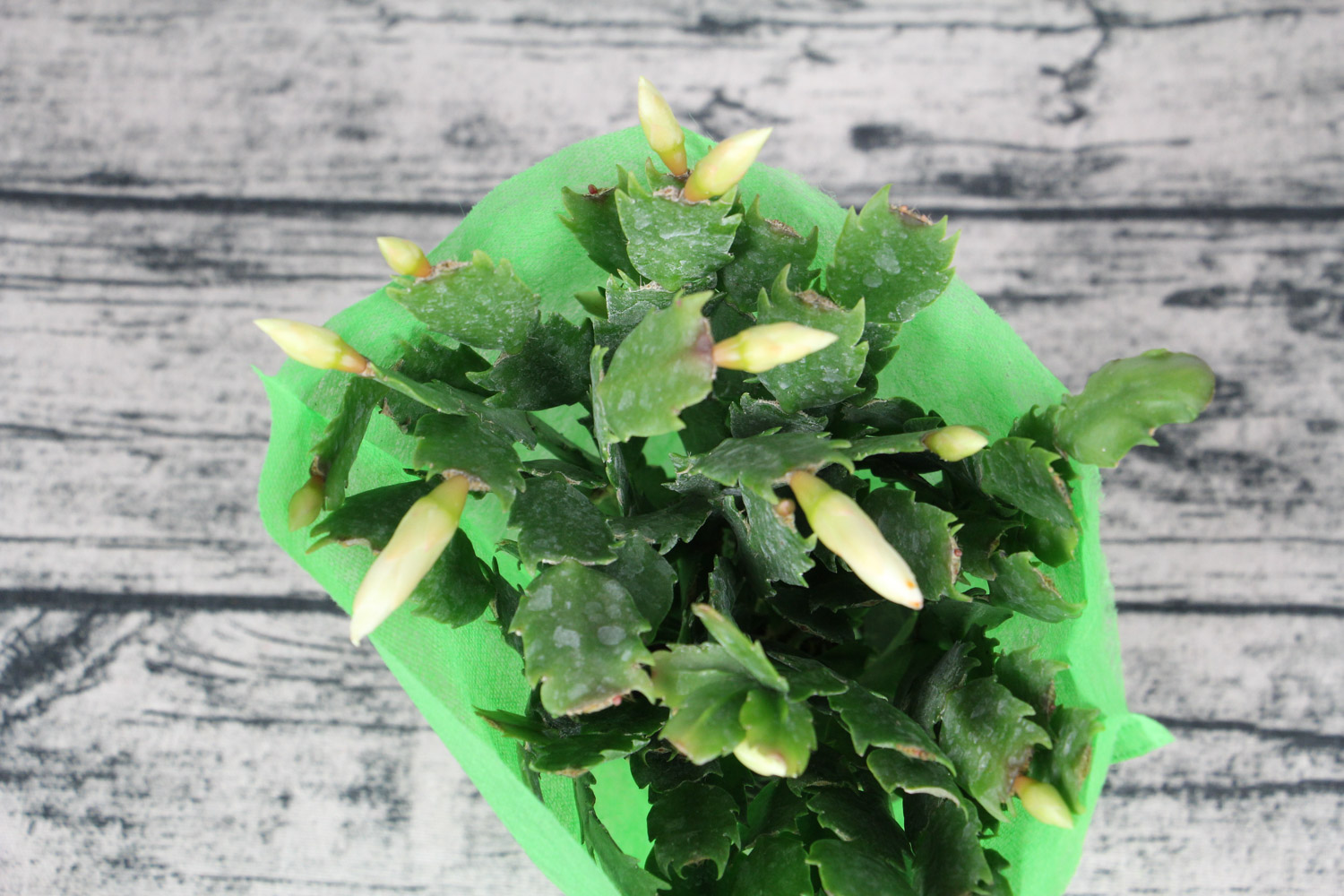
What about rotten roots of crab claw
Generally speaking, too much water can easily lead to ponding and root rot of crab claw orchid. If this happens, flower friends don't panic. Just follow the steps below~
① Remove the crab claw from the basin, and then clean up the soil on the root system. Then cut off rotten roots, old roots and weak roots
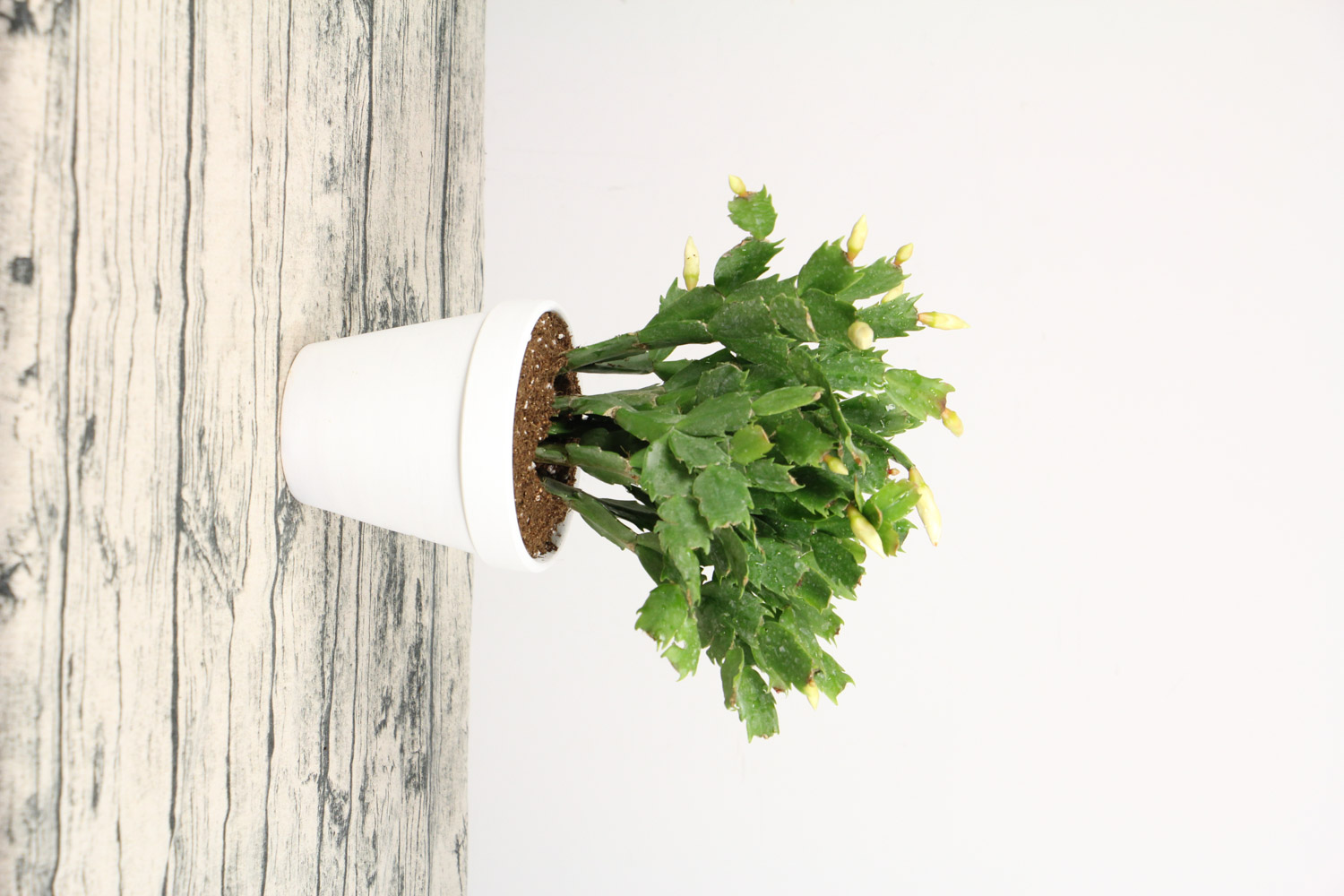
② After pruning, soak it in carbendazim solution for about 30 minutes, and then dry it in a cool and ventilated place
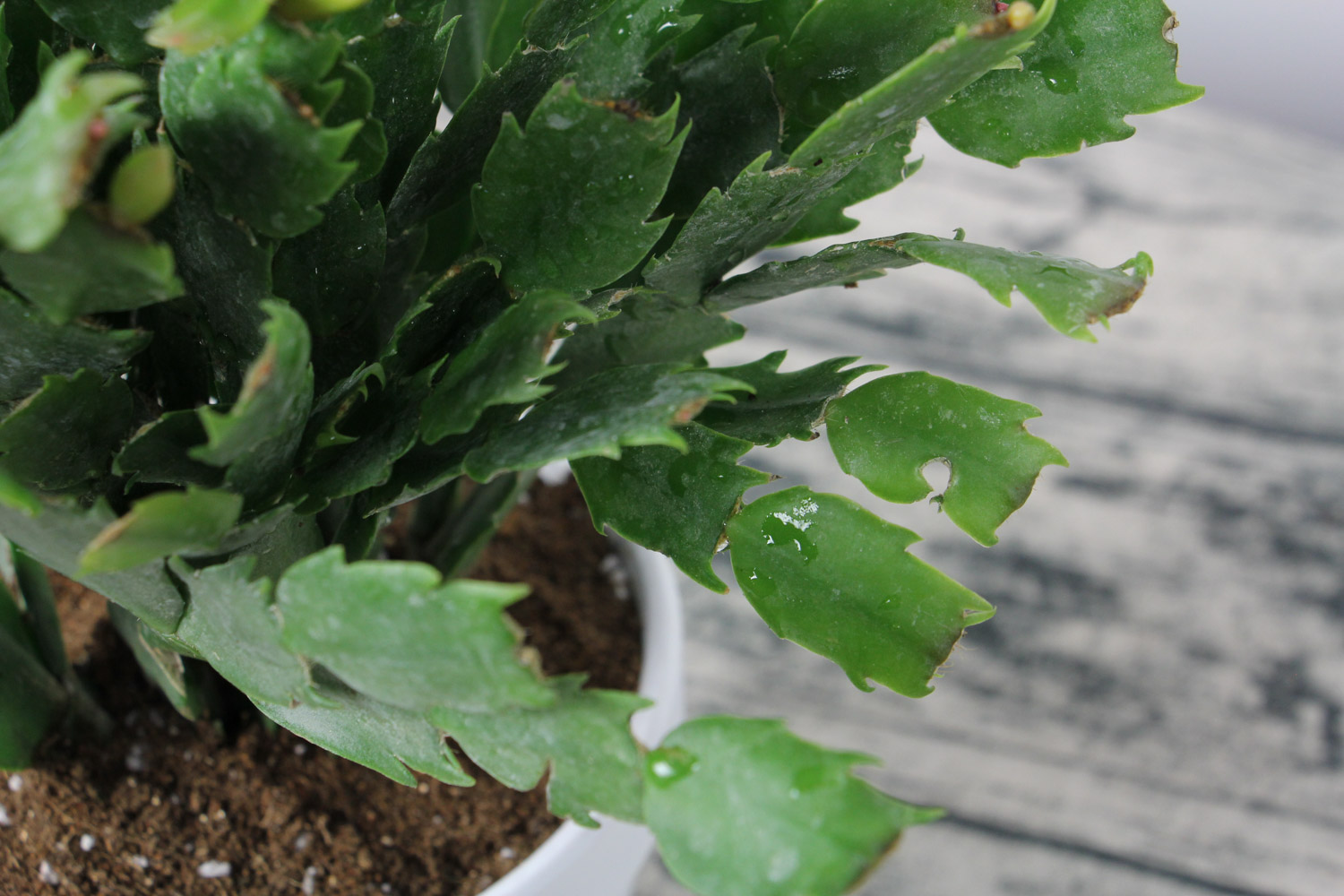
③ Prepare loose and breathable nutrient soil, put the crab claw back into the basin, pour it with water, and then put it in the astigmatic and ventilated environment. After one week, transfer it to the sunny environment for normal maintenance
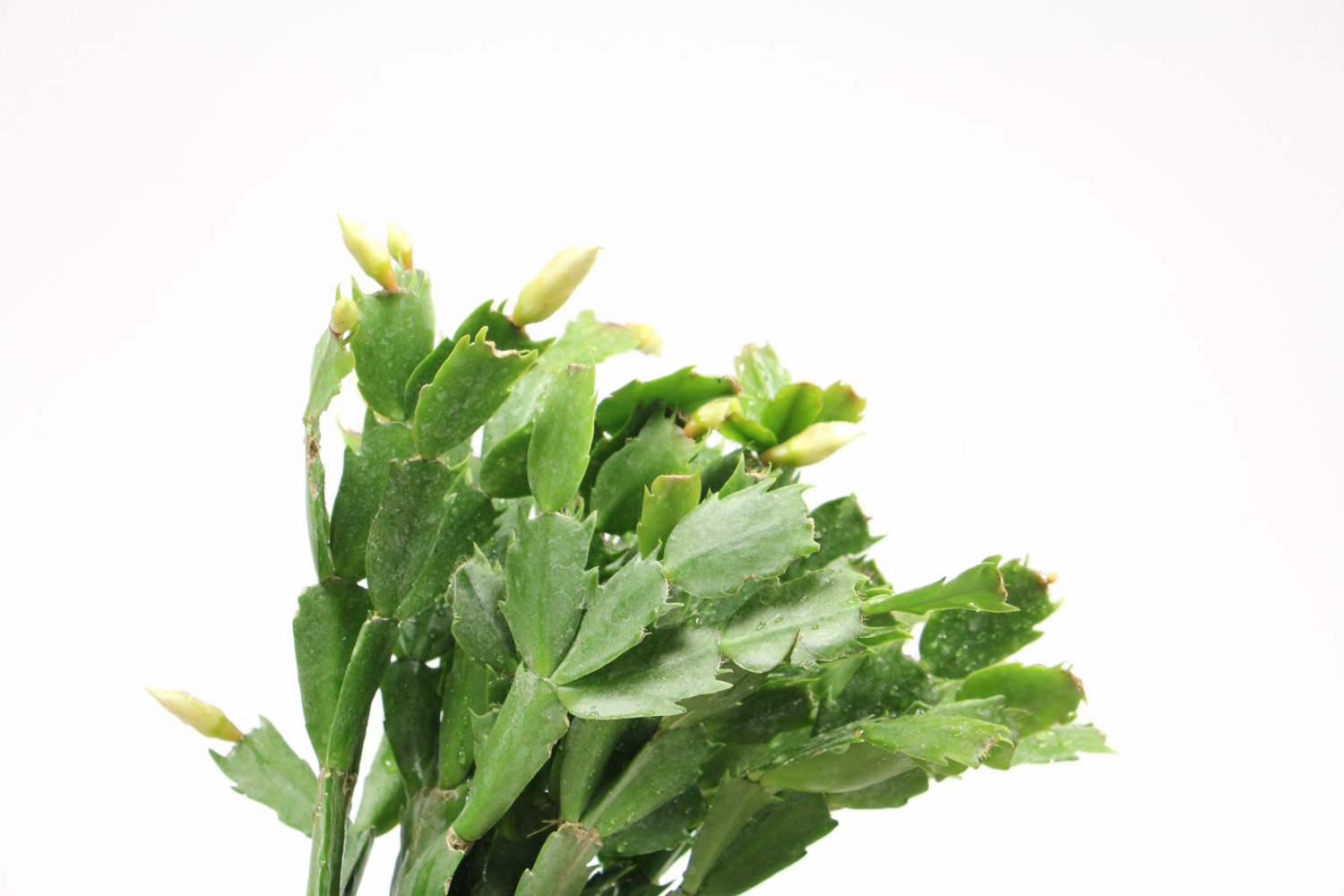
How does crab claw orchid become soft
The main factors causing the softening of crab melon orchid are: direct sunlight, dry air, poor ventilation and red spider disaster. These reasons will not only cause the stem nodes of crab claw orchid to become soft, but also seriously cause it to fall off from the base
When the strong light is direct, move the crab claw to a ventilated and astigmatic environment, and spray water on the plant to increase the humidity. When red spider is found to be harmful, it can be sprayed with 1500-2000 times diluted solution of dichlorvos
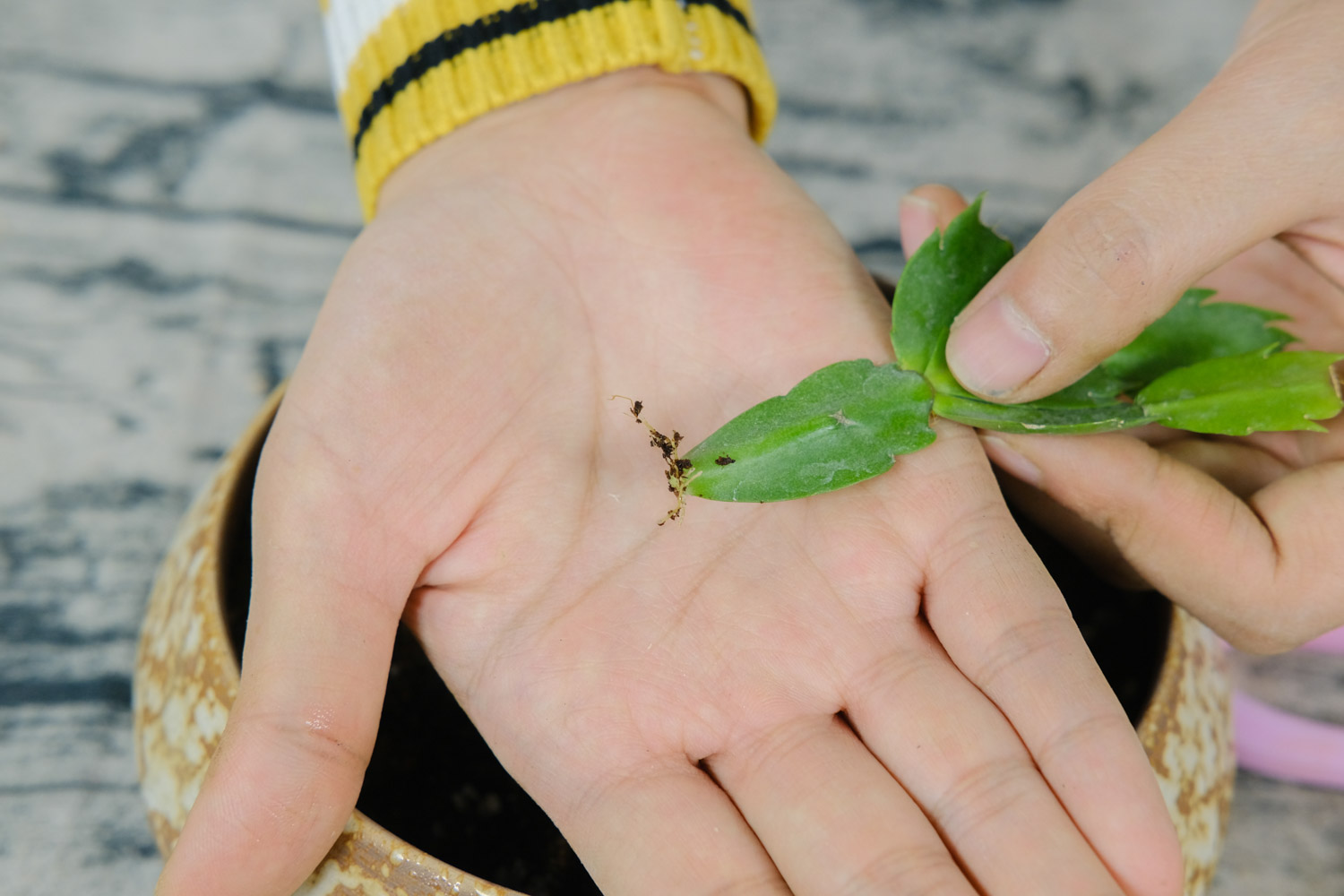
How to turn one pot of crab claw orchid into many pots
Leaf cutting is the most common way of reproduction of crab claw, and it is easy to survive
① Cut the healthy and full stem nodes from the crab claw plant, soak them in carbendazim solution for about 20 minutes, and then take them out and dry them in a cool and ventilated place
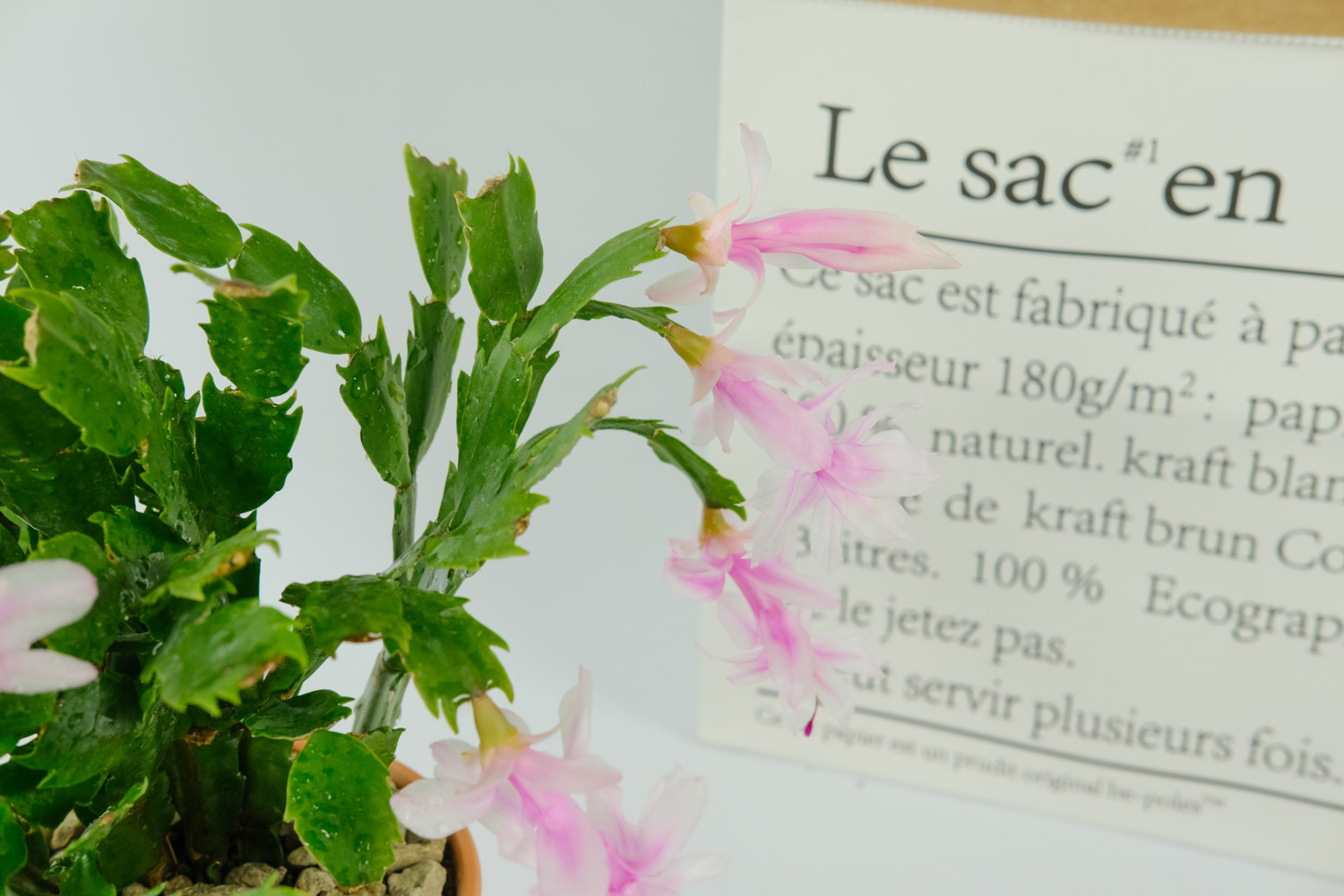
② Prepare loose and breathable soil, which can be perlite, vermiculite or loose needle soil
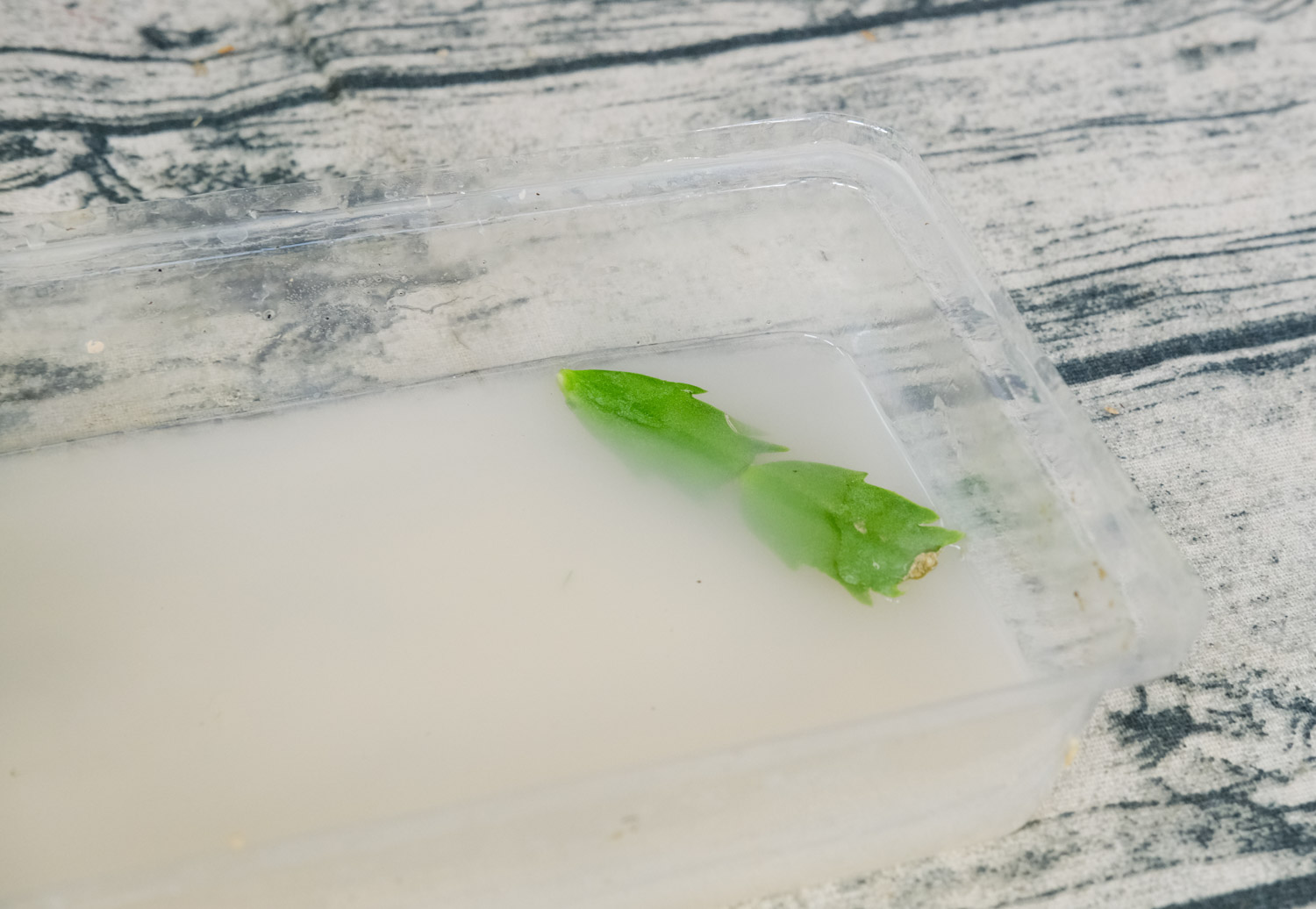
③ Spread some rooting powder on the incision of crab claw orchid, then insert it into the soil, put it in a cool and ventilated place for about 3-4 days, and often spray water on the soil to keep it slightly wet
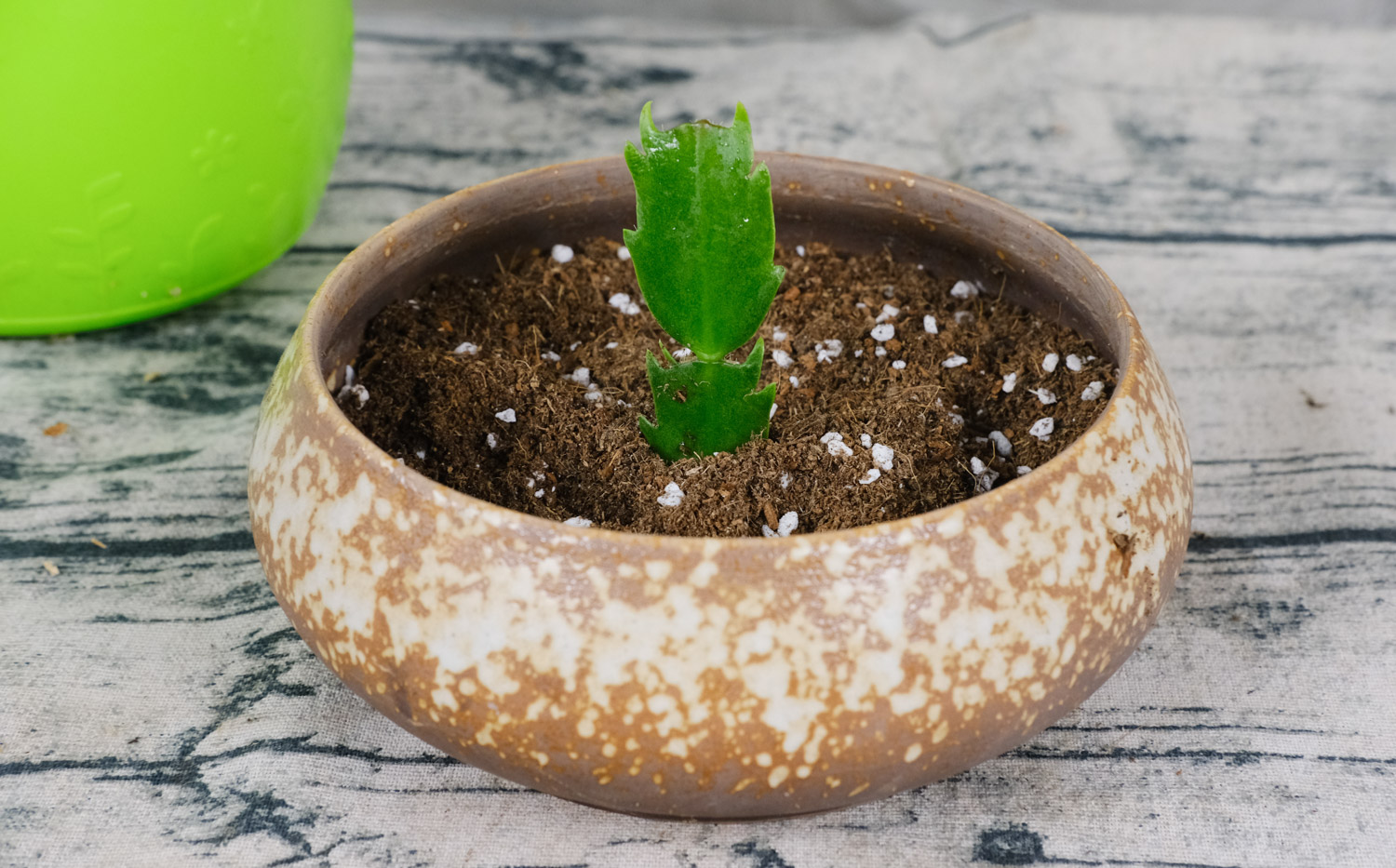
④ After about a week, the stem node of crab claw will grow roots
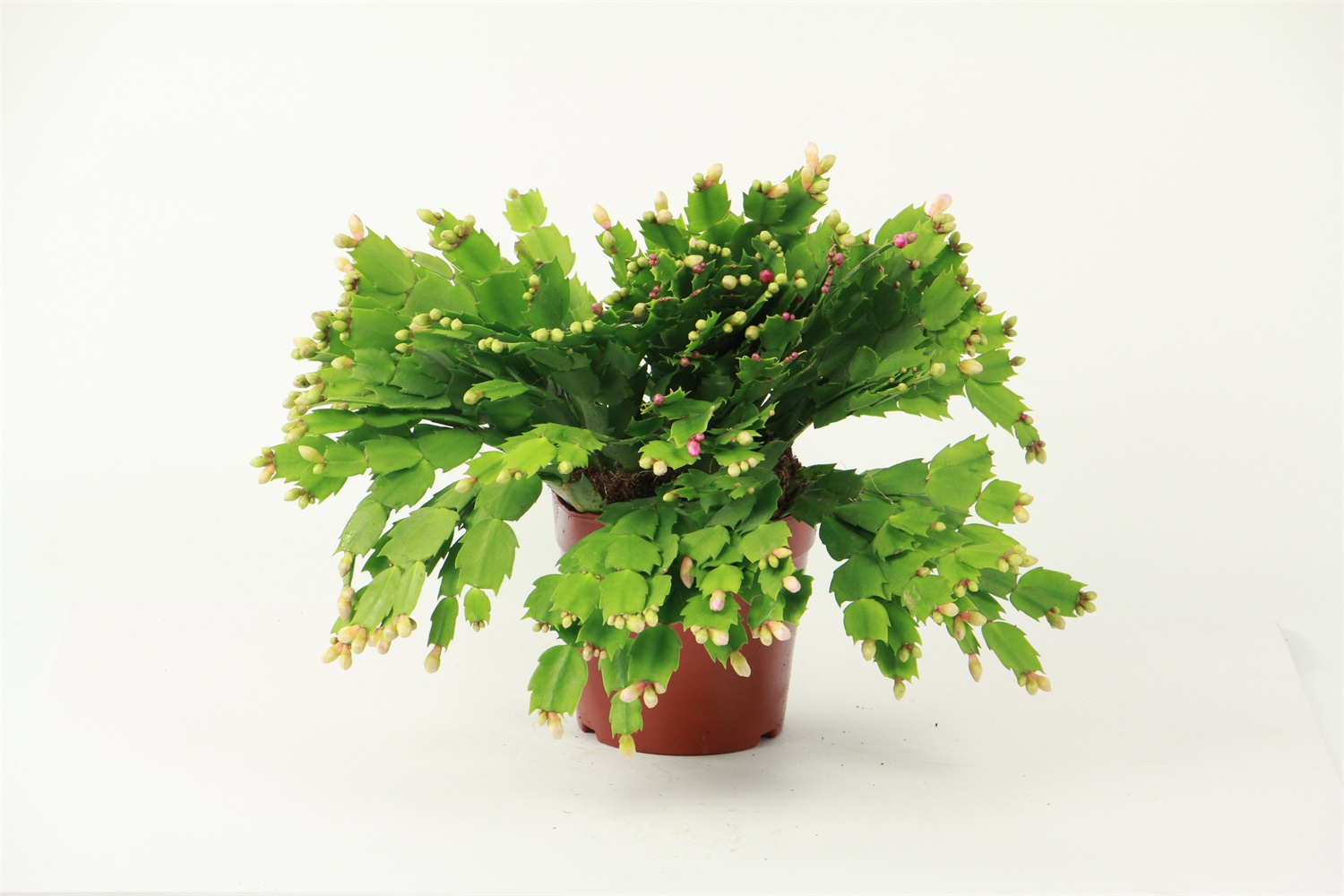
⑤ After rooting, the crab claw orchid can be transplanted into the flower pot. The crab claw orchid after being put into the pot needs to slow the seedling in a cool and ventilated environment for 1-2 weeks, and can be maintained normally when the leaf growth is stable
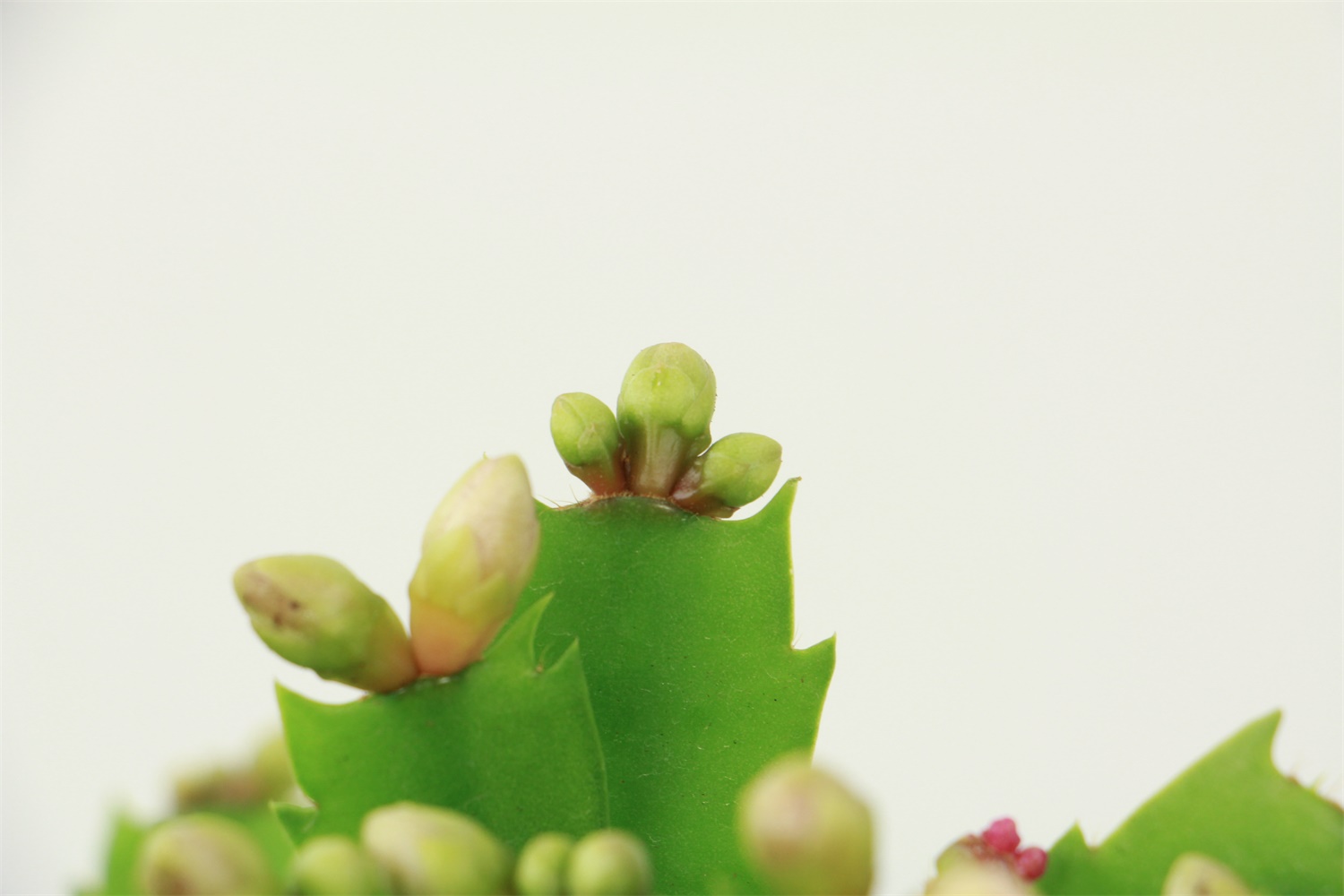

 how many times do yo...
how many times do yo... how many planted tre...
how many planted tre... how many pine trees ...
how many pine trees ... how many pecan trees...
how many pecan trees... how many plants comp...
how many plants comp... how many plants can ...
how many plants can ... how many plants and ...
how many plants and ... how many pepper plan...
how many pepper plan...
